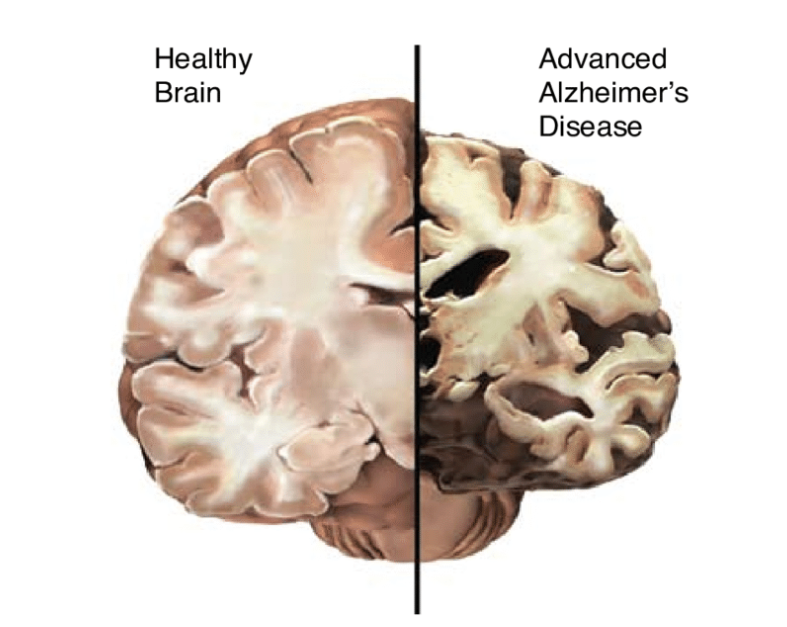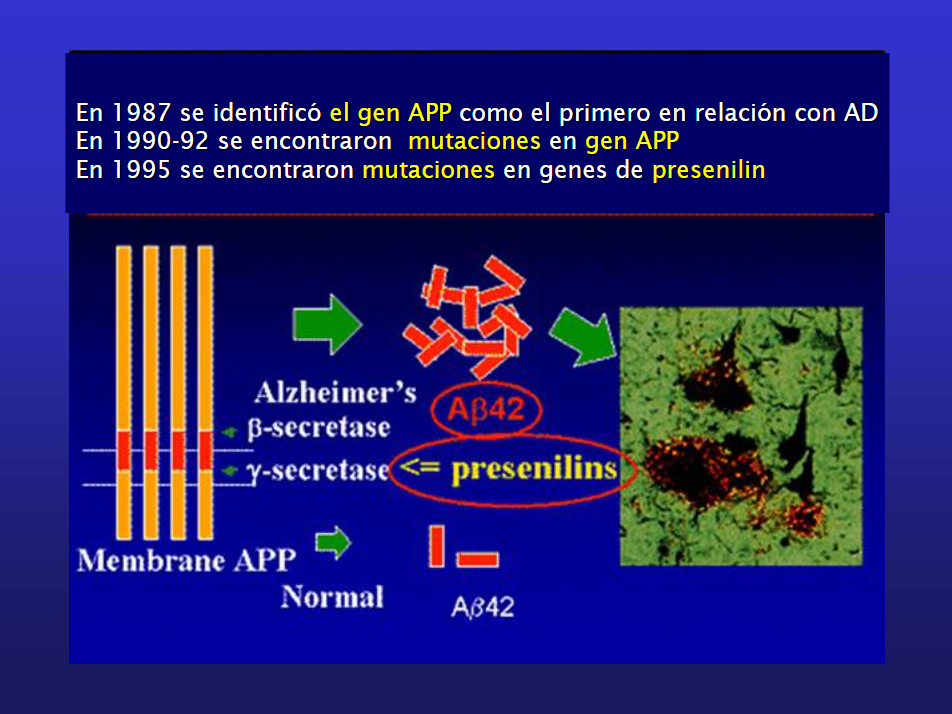In this blog post, learn about the characteristics and causes of Alzheimer’s disease, a senile dementia.
What is neuroscience?
Many people currently don’t know what neuroscience is. In a nutshell, neuroscience is the anatomical, physiological, biochemical, and pharmacological analysis of the nervous system, and the many benefits it can bring to our lives are enormous. In this article, I’d like to introduce you to one of the current “hot potatoes” of neuroscience: Alzheimer’s disease. I’m sure you’ve heard the word Alzheimer’s at least once in your life. In fact, there have been many dramas and movies about Alzheimer’s disease recently. However, few people know what this disease really is. In recent years, due to the aging of the population, the treatment of this disease has become the focus of more and more scientists, and there has been an increase in investment in the field. However, despite all this attention, dementia remains a pervasive and incurable disease. In Japan, about 1 million people suffer from dementia, and in the United States, the number is four times that. Statistically, about one in five people over the age of 85 will suffer from the disease.
What is dementia?
So, what is dementia? According to reports, the causes of dementia can be divided into two categories. One is the death of nerve cells called neurons, which is caused by blockages in the blood vessels to the brain. In this case, it’s most often caused by an excessive intake of cholesterol. However, it’s not just the brain that suffers from these blockages, they can occur anywhere in the body, so it’s fair to say that this is a vascular disease rather than a brain disease.
Another category is Alzheimer’s disease, which is the subject of this article. The name Alzheimer’s is named after a doctor named Alzheimer who discovered the disease in 1906. The symptoms of Alzheimer’s disease appear over a long period of time, and the process is as follows First, there’s some memory loss. Then, if it progresses a bit further, you start to get confused about your identity. You don’t know where you are, whether it’s morning or evening, or even worse, who you are. As the disease progresses, the person may not even be able to walk on their own and may even wander the halls making strange noises. That’s why we wanted to learn more about the characteristics and causes of Alzheimer’s disease.

Characteristics of Alzheimer’s disease
One of the hallmarks of Alzheimer’s disease is brain shrinkage. As you can see in the photo above, the brain of a patient with Alzheimer’s disease is about half as shrunk as a normal person’s brain. And when you look at the brain under a microscope, you can actually see that the number of nerve cells is also reduced by half. Of course, it’s natural for the number of nerve cells to decrease with age, but in Alzheimer’s patients, the rate of decline is unusually rapid. Another characteristic of Alzheimer’s disease is senile plaques. These are only found in patients with Alzheimer’s disease, which leads many scientists to believe that they are the cause of the disease. But what are these senile spots and what causes them?
β-amyloid, a component of senile spots
According to scientists’ reports, age spots cause the destruction of nerve cells. So they studied them and found that they are made up of a substance called β-amyloid. This β-amyloid is toxic and causes nerve cells to die. But how is this β-amyloid made?
In searching for the source of these β-amyloids, scientists stumbled upon a family tree in which Alzheimer’s disease is genetically transmitted. This led scientists to focus on the brains of members of this family, and in 1991, they discovered a gene associated with the disease. The protein associated with that gene is called APP (Amyloid Precursor Protein) and is related to a gene located on human gene 21. This APP is the protein that is the basis for making β-amyloid, meaning that when the APP is cut out, what remains is β-amyloid. And in Alzheimer’s patients, these APPs are truncated much faster than in the general population. So what are the “scissors” that cut these β amyloids?

The scissors that scientists have found to cut APP are a protein called presenilin, which is made in the 14th gene. In fact, there are two scissors that cut β-amyloid, one of which is presenilin. In genetic Alzheimer’s disease, this abnormal expression of presenilin is what causes the disease. The action of presenilin probably happens much faster than in the general population.
How β-amyloid causes Alzheimer”s disease
So, what are the actions of β amyloid? Until now, scientists thought that β-amyloid caused nerve cells to die. However, further studies have shown that the amount of β-amyloid required to cause cell death is quite high, meaning that it only causes cell death when the level of β-amyloid is very high. In fact, β-amyloid does not need to be that high to cause Alzheimer’s disease. This has led scientists to believe that β-amyloid is not a direct cause of Alzheimer’s disease.

What we know now is that β-amyloid acts on synapses, which are nerve ganglia, and interferes with the activity of neurotransmitters. The most well-known type of neurotransmitter is glutamate, which is released from the secretory vesicle of a nerve cell, and receptors on other nerve cells detect it and transmit an impulse. These neurotransmitters are then brought back to the glial cells, where β-amyloid comes into play. As the amount of β-amyloid increases, this retrieval process is accelerated and the transmission of impulses is impeded. This leads to a decline in neurotransmission, and this mechanism is responsible for dementia.
Is there a cure for Alzheimer’s disease?
With this scientific foundation, scientists are now working hard to develop a cure for Alzheimer”s disease. By tracing the causes of the disease, they have laid the theoretical foundations for treatments at many stages, and many drugs are in development. However, no drug has yet been clinically proven to be 100% effective, and a large number of elderly people are still suffering from dementia. Of course, there are also social issues that will arise when dementia is cured. But for now, as a scientist and as a practicing physician, this is a disease that is treatable and deserves a lot of investment. Scientists will continue to work until the day when the elderly are free from the pain of dementia.
 I’m a blog writer. I want to write articles that touch people’s hearts. I love Coca-Cola, coffee, reading and traveling. I hope you find happiness through my writing.
I’m a blog writer. I want to write articles that touch people’s hearts. I love Coca-Cola, coffee, reading and traveling. I hope you find happiness through my writing.